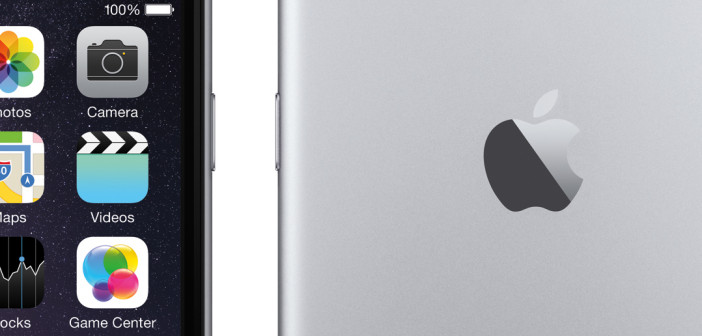While sales represented two thirds of global phone market in 2014, Samsung lost leader position to Apple in fourth quarter
Mobile World Congress: Samsung lost the number one smartphone sales spot to Apple in the global smartphone market in the fourth quarter of 2014, a position that Samsung had held since 2011.
The manufacturer’s unit sales of smartphones in the fourth quarter of last year dropped to 73,032, 19.9% of global marketshare, from 83,317 which represented 29.5% of the global market in the same period one year previously, according to research firm, Gartner.
However, over the course of the entire year Samsung still dominated Apple, even though that share has dropped from its 2013 figures. Samsung had 307,597 smartphone sales to end users in 2014, representing 24.7%, compared to 299,795 or 30.9% marketshare in 2013.
Apple made it to sales of 191,426 units in 2014, up significantly from 150,786 in 2013. Yet its marketshare dropped from 15.5% in 2013 to 15.4% in 2014.
Smartphone sales surpassed one billion units in 2014 according to Gartner. Worldwide sales of smartphones to end users had a record fourth quarter of 2014 with an increase of 29.9% from the fourth quarter of 2013 to reach 367.5 million units.
In 2014, sales of smartphones to end users totalled 1.2 billion units, up 28.4% from 2013 and represented two thirds of global mobile phone sales.
“Samsung’s performance in the smartphone market deteriorated further in the fourth quarter of 2014, when it lost nearly 10 percentage points in market share,” said Anshul Gupta, principal research analyst at Gartner. “Samsung continues to struggle to control its falling smartphone share, which was at its highest in the third quarter of 2013. This downward trend shows that Samsung’s share of profitable premium smartphone users has come under significant pressure.”
Noted Roberta Cozza, research director at Gartner: “With Apple dominating the premium phone market and the Chinese vendors increasingly offering quality hardware at lower prices, it is through a solid ecosystem of apps, content and services unique to Samsung devices that Samsung can secure more loyalty and longer term differentiation at the high end of the market.”
Apple reported its best quarter ever in the fourth quarter of 2014, which saw it sell 74.8 million units and move to the number one position in the global smartphone market with 20.4% marketshare, up from 50,224 units, 17.8% of the global market, in the fourth quarter 2013. Apple’s first ever large-screen phones continued to see huge demand with sales in China and US, growing at 56% and 88%, respectively. Apple’s strong ecosystem and its new iPhone 6 and iPhone 6 Plus drove strong replacements within the iOS base. These new smartphones also offered new users, who are looking for larger screen phones, a strong alternative to Android.
In the fourth quarter of 2014, Lenovo, which includes sales of mobile phones by Lenovo and Motorola, moved to the number three spot in the global smartphone market, reaching 6.6% market share and growing 47.6% year on year (Lenovo’s merger with Motorola was completed on 30 October 2014). Lenovo’s sales of mobile phones in its home market, China, grew 7.8% in the fourth quarter of 2014. In addition, its strong mobile phone sales in Russia, India, Indonesia and Brazil in the fourth quarter of 2014 helped it grow by 26% in the global mobile phone market.
Chinese vendors, such as Huawei and Xiaomi, are continuing to improve their sales in China and other overseas markets, increasing their share in the mid to low end smartphone market. “Chinese vendors are no longer followers,” said Cozza. “They are producing higher quality devices with appealing new hardware features that can rival the more established players in the mobile phone market. Brand building and marketing will be key activities in deciding which Chinese vendors can secure a foothold in mature markets.”
The availability of smartphones at lower prices accelerated the migration of feature phone users to smartphones pushing the smartphone operating system (OS) market to double-digit growth in most emerging countries, including India, Russia and Mexico. This trend continued to benefit Android, which saw its market share grow 2.2 percentage points in 2014, and 32% year on year. Chinese and other smaller players drove Android’s performance in 2014, while more established players at the higher end of the market continued to struggle to increase stickiness to their brands and ecosystems. Windows Phone’s performance was flat but it recorded strong results in some markets in Europe, and in the business segment.
Worldwide mobile phone sales to end users totalled nearly 1.9 billion units in 2014, a 3.9% increase from the same period in 2013. All regions recorded growth in 2014, except Japan and Western Europe, which recorded declines of 2.8% and 9.1%, respectively.





